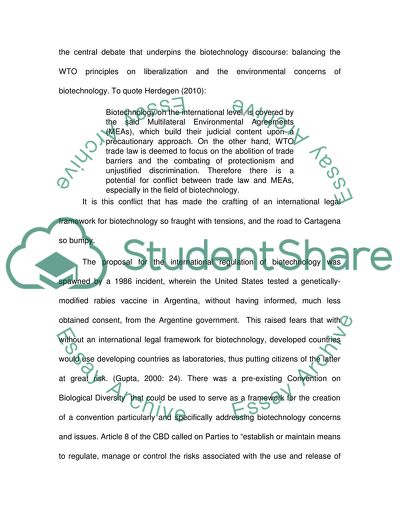Cite this document
(Biotechnology and Environment: The Issue of loss in Biodiversity Literature review, n.d.)
Biotechnology and Environment: The Issue of loss in Biodiversity Literature review. https://studentshare.org/environmental-studies/1766348-environmental-problem
Biotechnology and Environment: The Issue of loss in Biodiversity Literature review. https://studentshare.org/environmental-studies/1766348-environmental-problem
(Biotechnology and Environment: The Issue of Loss in Biodiversity Literature Review)
Biotechnology and Environment: The Issue of Loss in Biodiversity Literature Review. https://studentshare.org/environmental-studies/1766348-environmental-problem.
Biotechnology and Environment: The Issue of Loss in Biodiversity Literature Review. https://studentshare.org/environmental-studies/1766348-environmental-problem.
“Biotechnology and Environment: The Issue of Loss in Biodiversity Literature Review”. https://studentshare.org/environmental-studies/1766348-environmental-problem.


